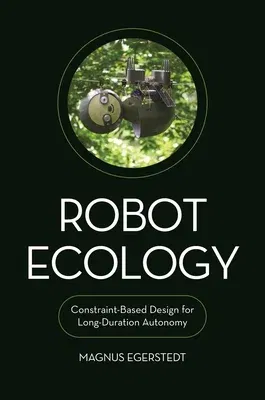A revolutionary new framework that draws on insights from ecology
for the design and analysis of long-duration robots
Robots are increasingly leaving the confines of laboratories,
warehouses, and manufacturing facilities, venturing into agriculture and
other settings where they must operate in uncertain conditions over long
timescales. This multidisciplinary book draws on the principles of
ecology to show how robots can take full advantage of the environments
they inhabit, including as sources of energy.
Magnus Egerstedt introduces a revolutionary new design paradigm--robot
ecology--that makes it possible to achieve long-duration autonomy while
avoiding catastrophic failures. Central to ecology is the idea that the
richness of an organism's behavior is a function of the environmental
constraints imposed by its habitat. Moving beyond traditional strategies
that focus on optimal policies for making robots achieve targeted tasks,
Egerstedt explores how to use survivability constraints to produce both
effective and provably safe robot behaviors. He blends discussions of
ecological principles with the development of control barrier functions
as a formal approach to constraint-based control design, and provides an
in-depth look at the design of the SlothBot, a slow and energy-efficient
robot used for environmental monitoring and conservation.
Visionary in scope, Robot Ecology presents a comprehensive and unified
methodology for designing robots that can function over long durations
in diverse natural environments.

